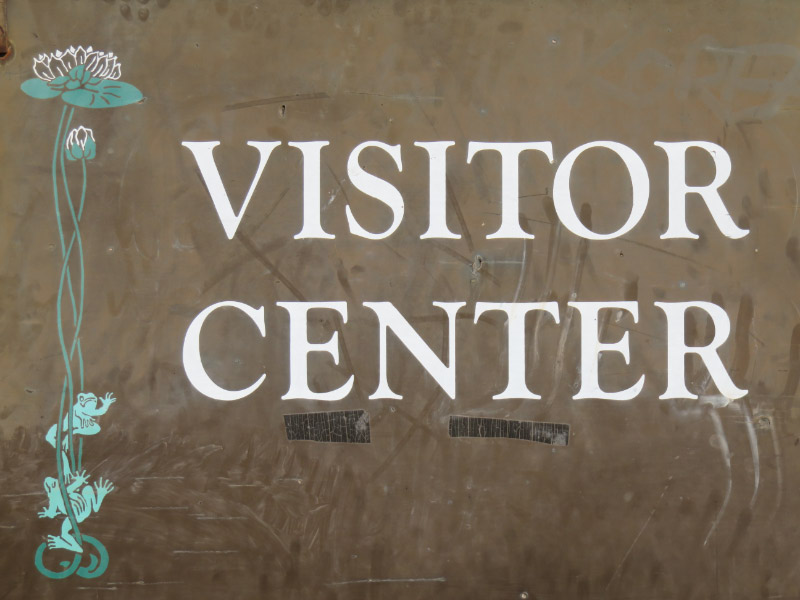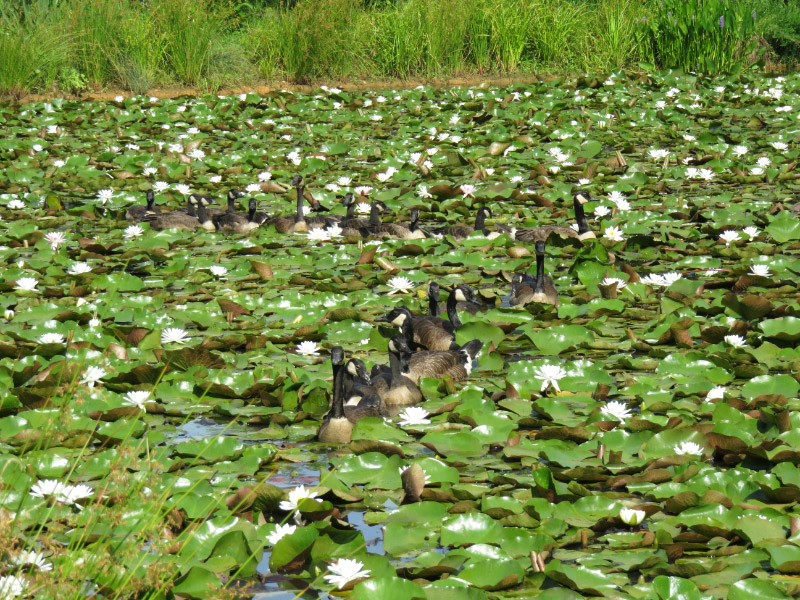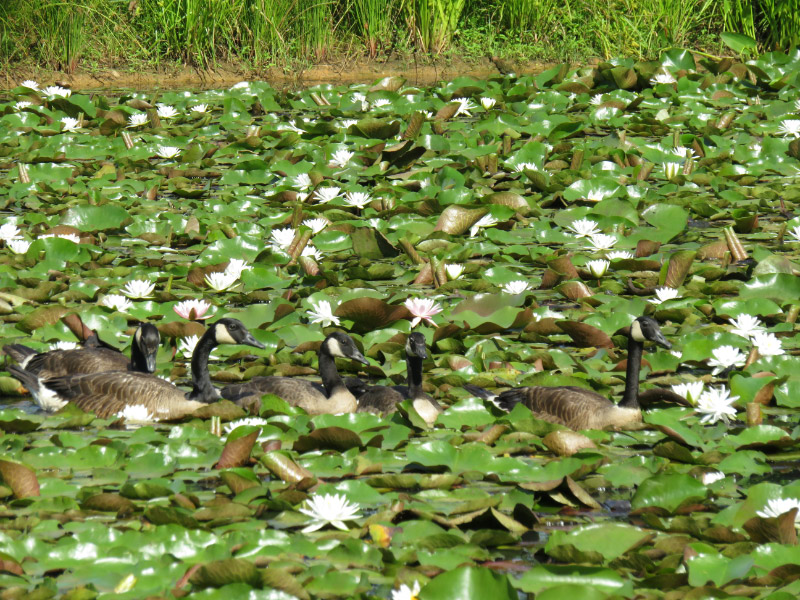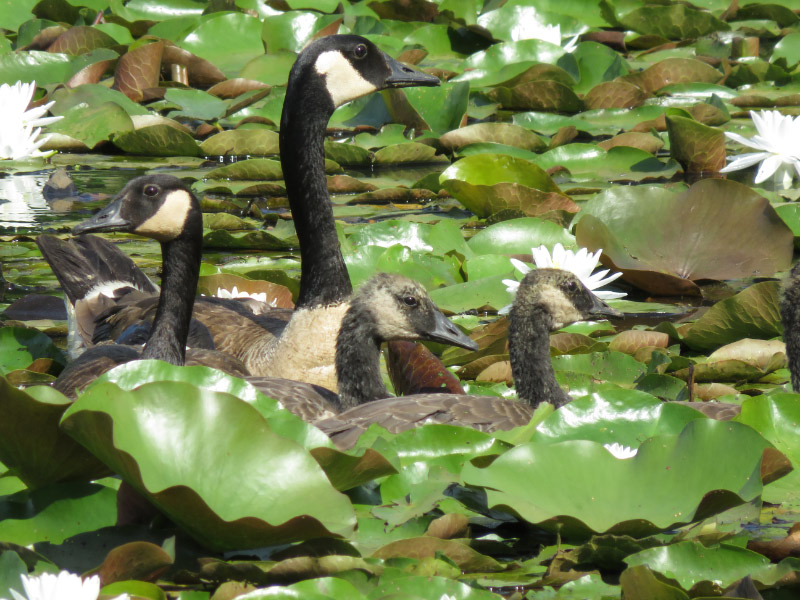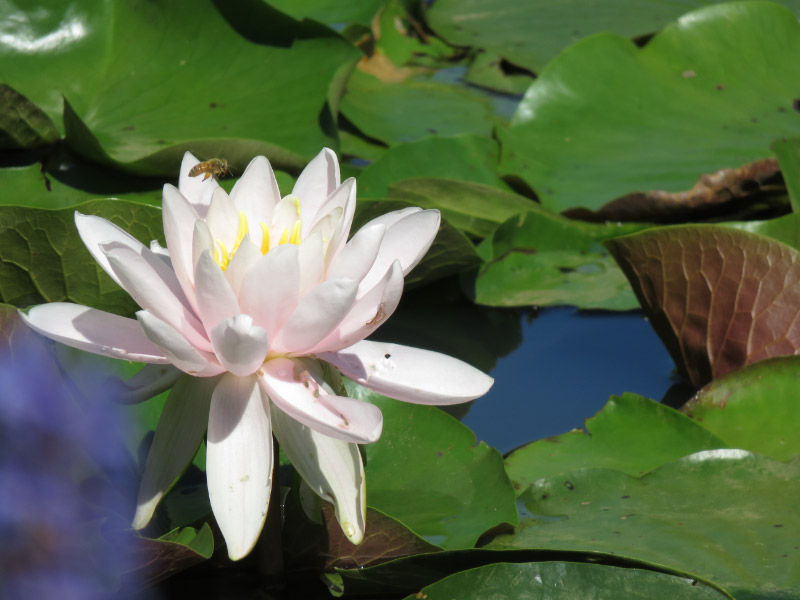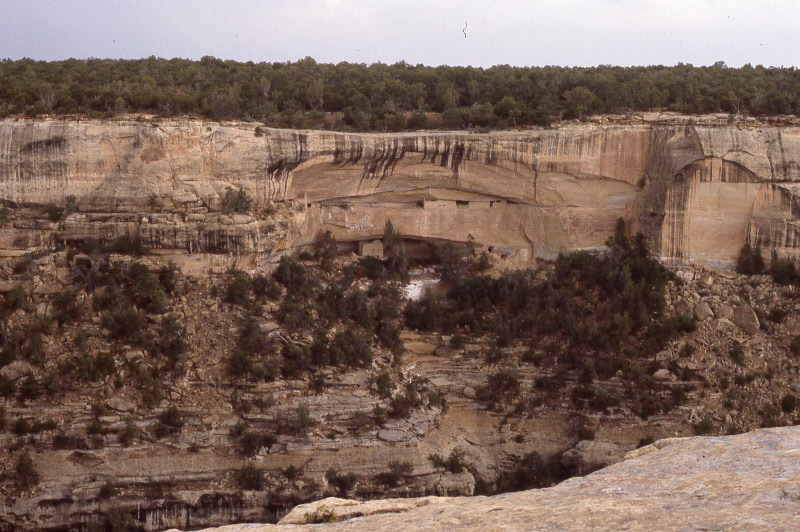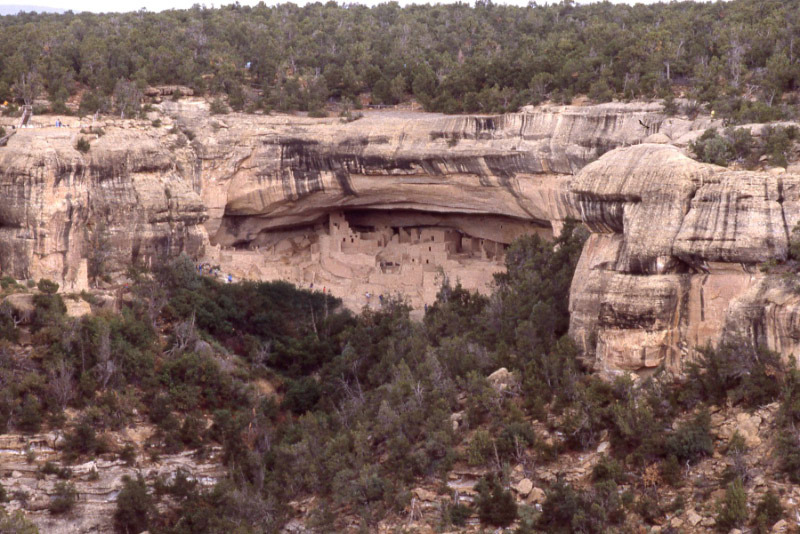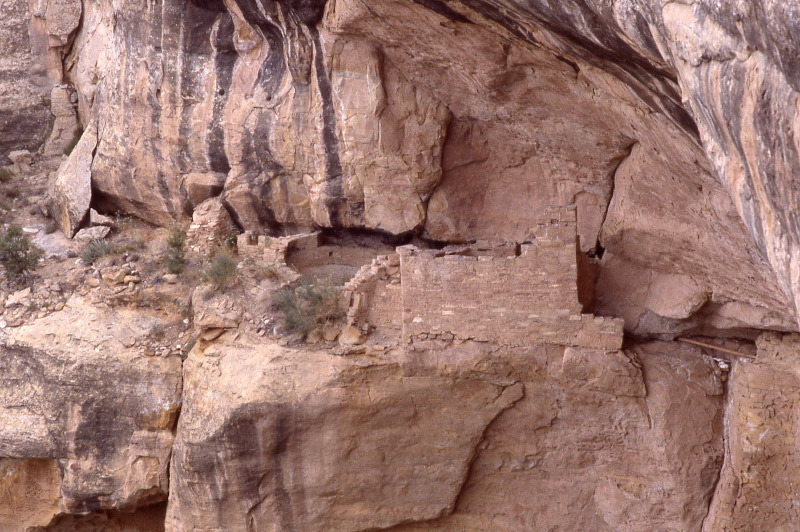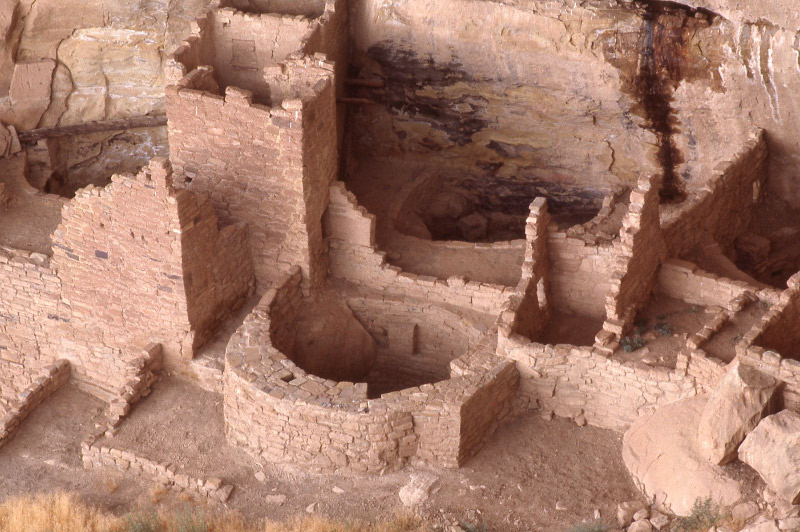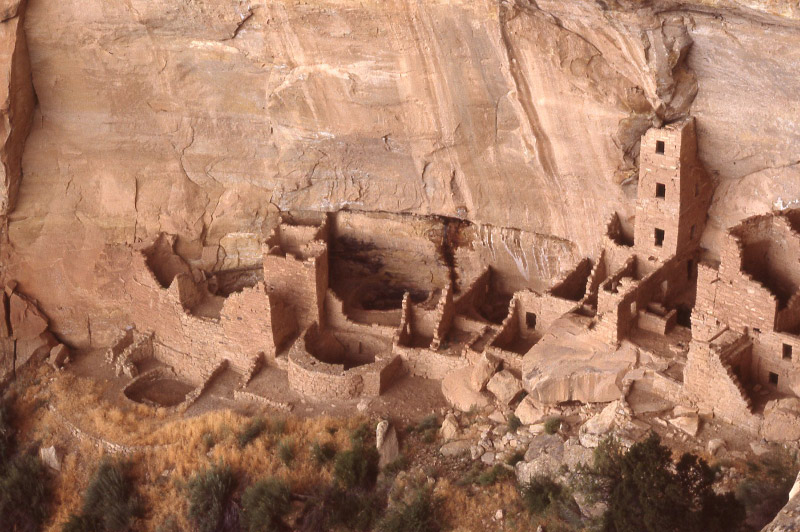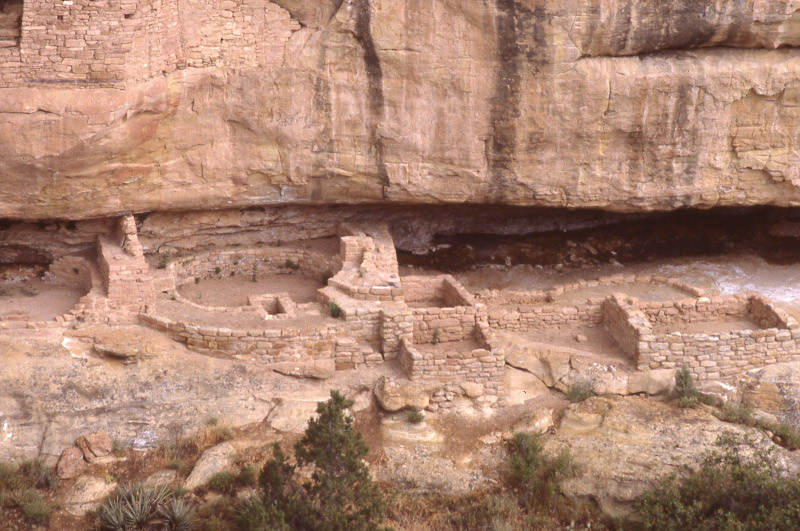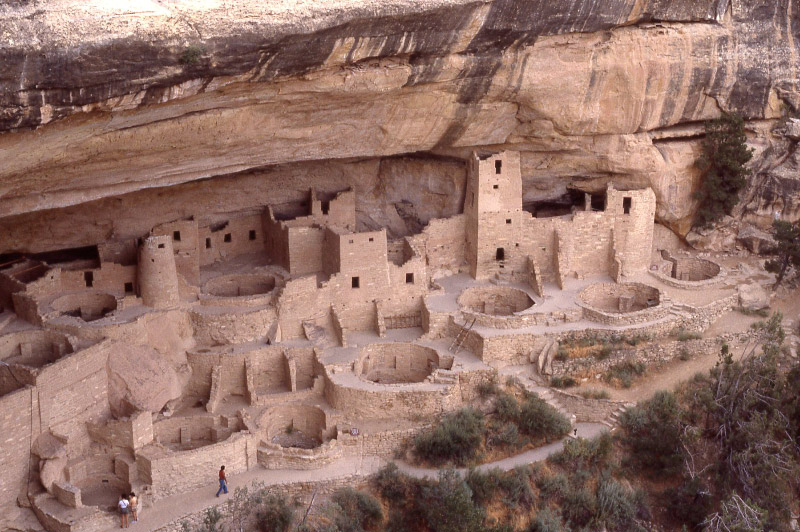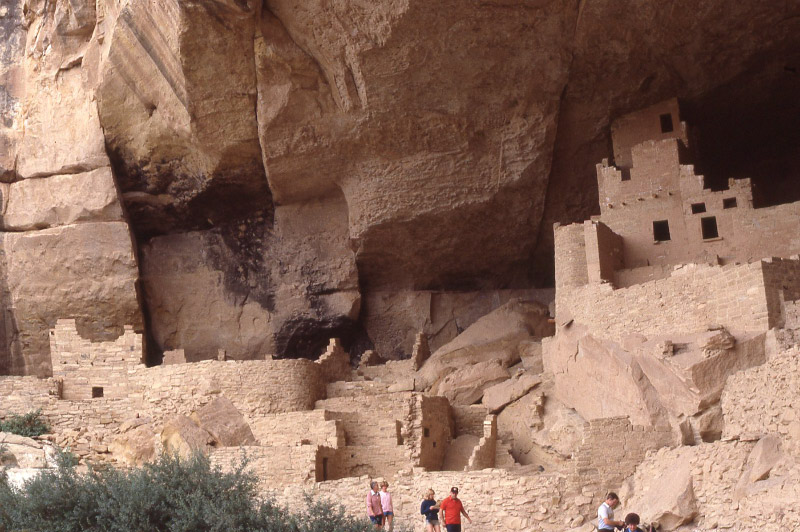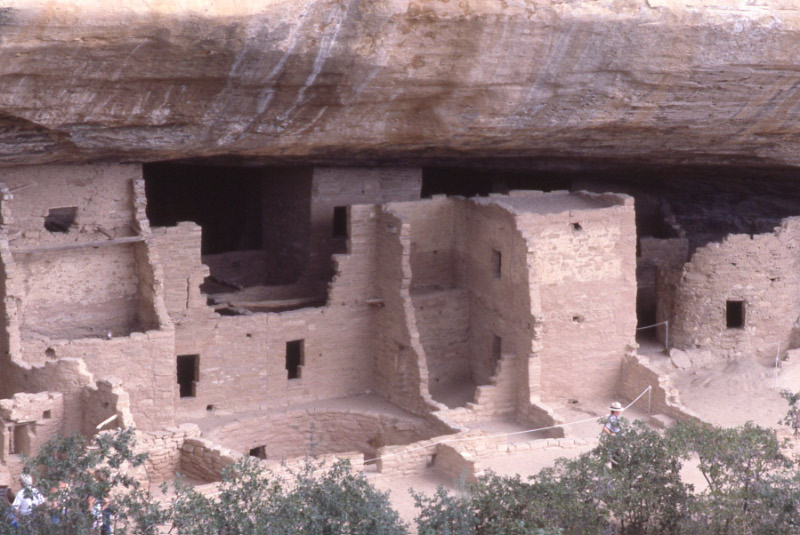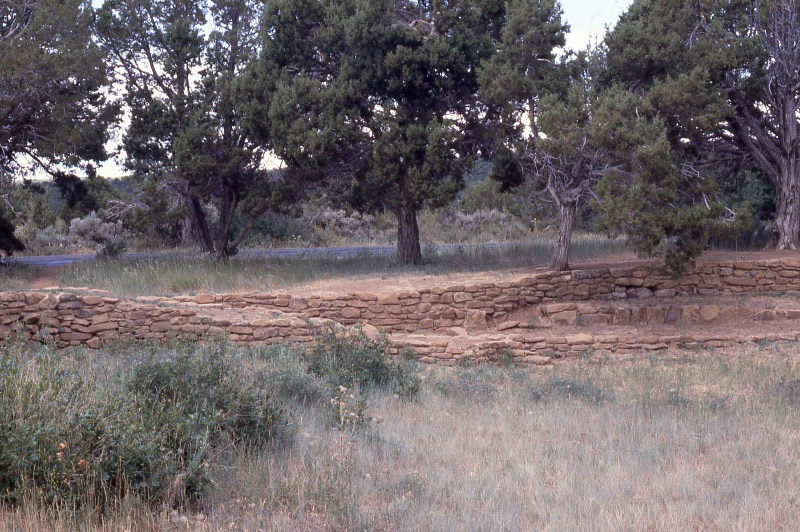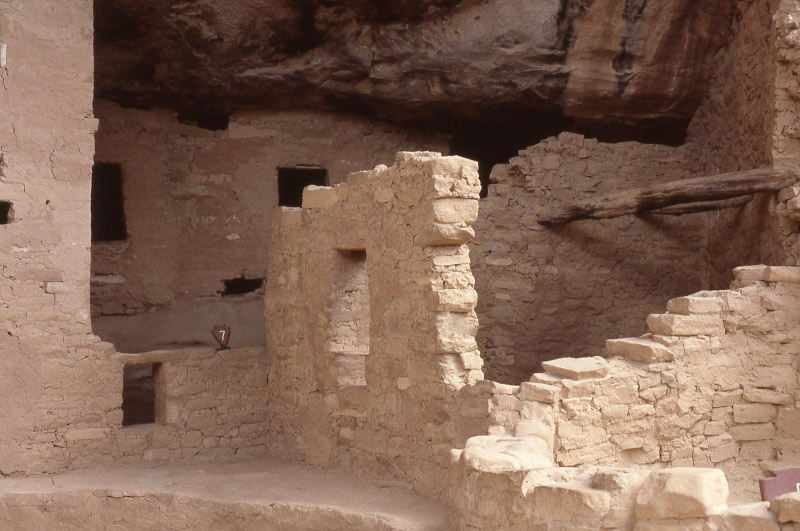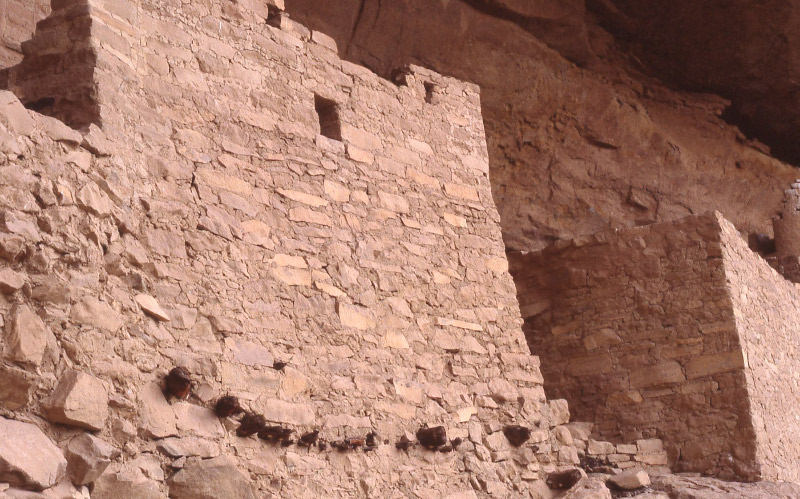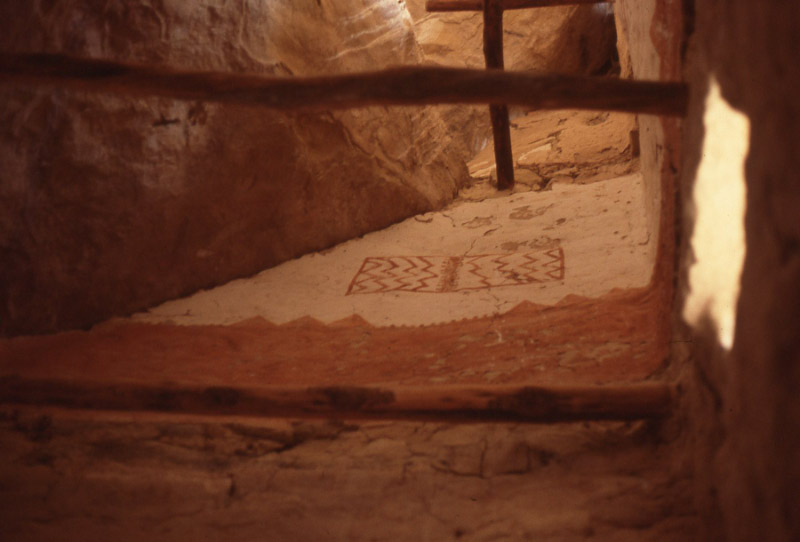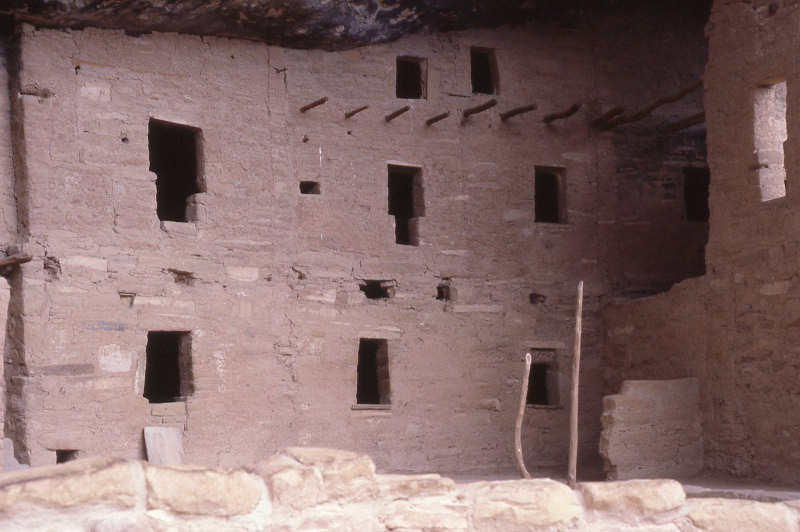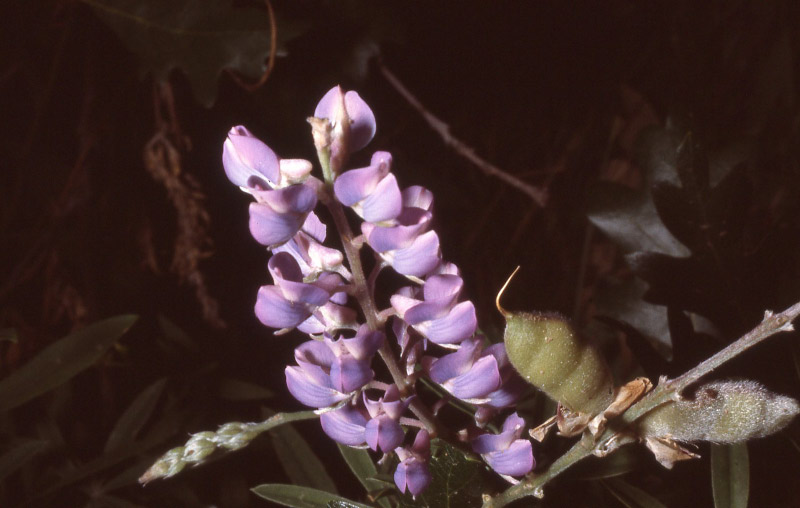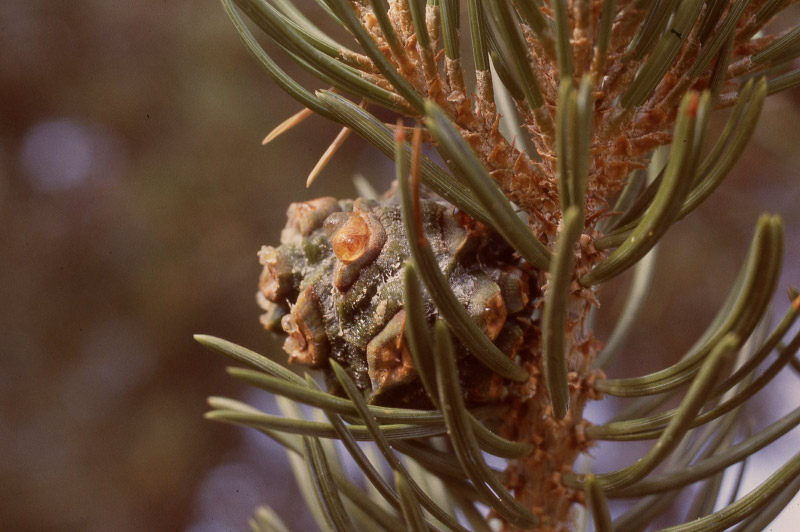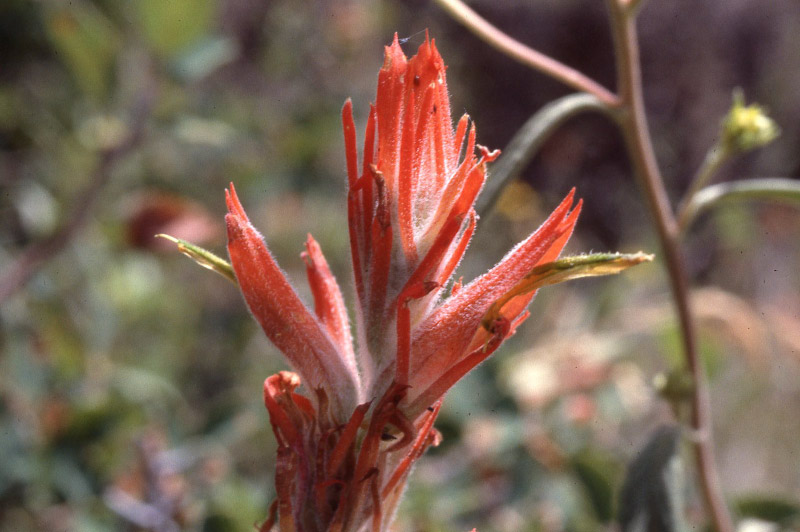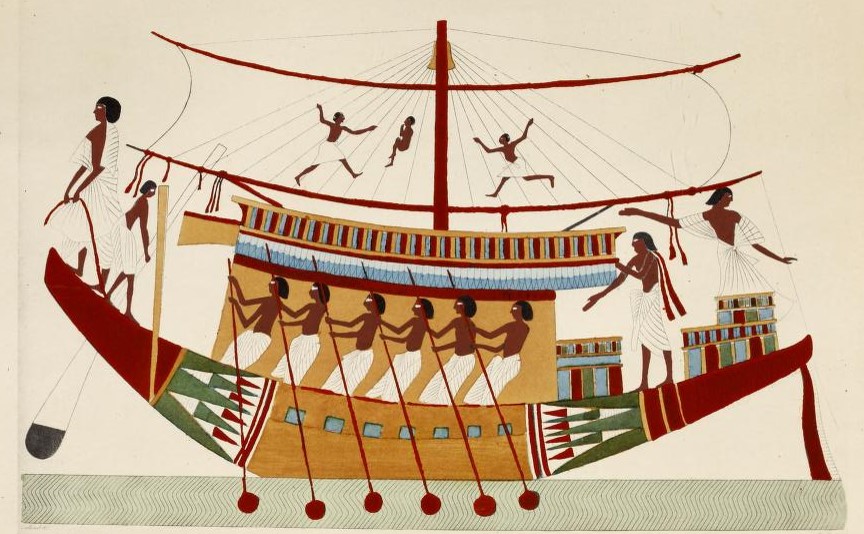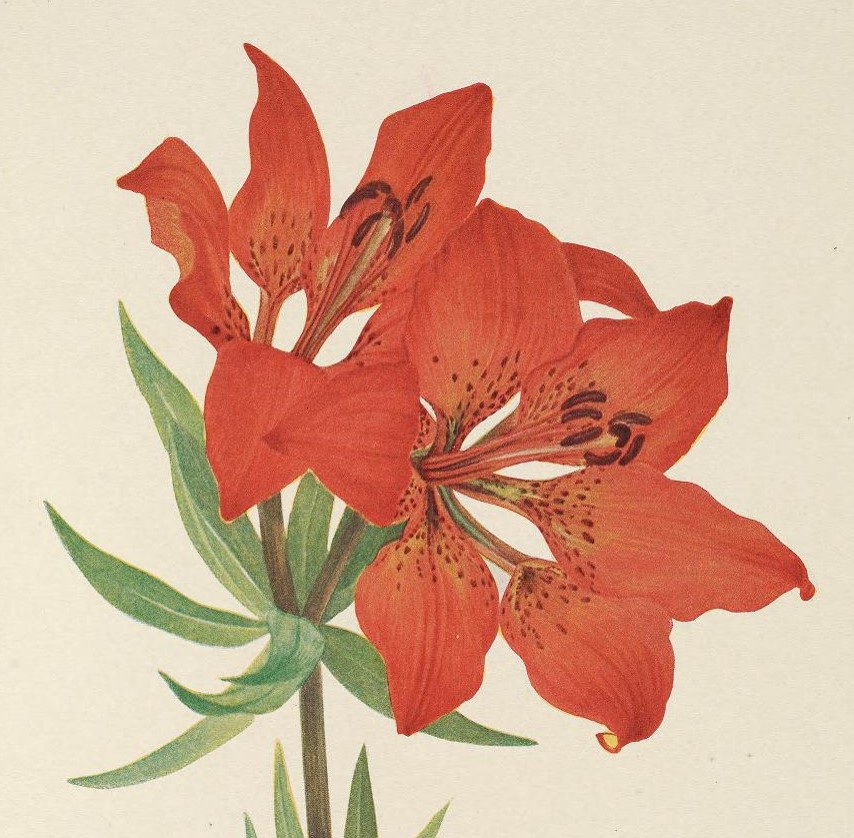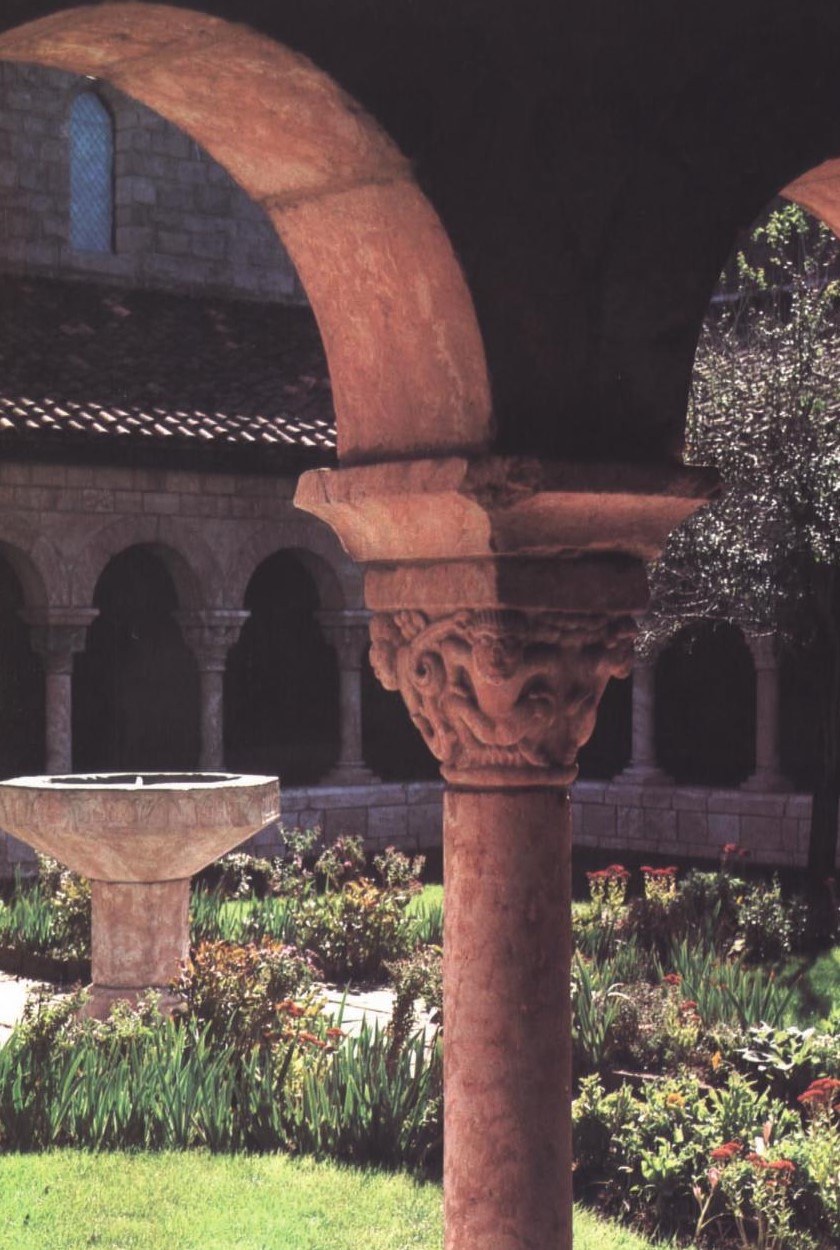Sunflowers
/Last summer the sunflowers I planted in pots on my deck did not do so well but I’ve had more success this summer. Yesterday I went out to photograph them. Even the buds look good with the fuzzy edges of sepals.

Then there is the unfurling of the petals.
They expand and the flower follows the track of the sun. This is the stage when the butterflies visit the flower.

The flower ages.
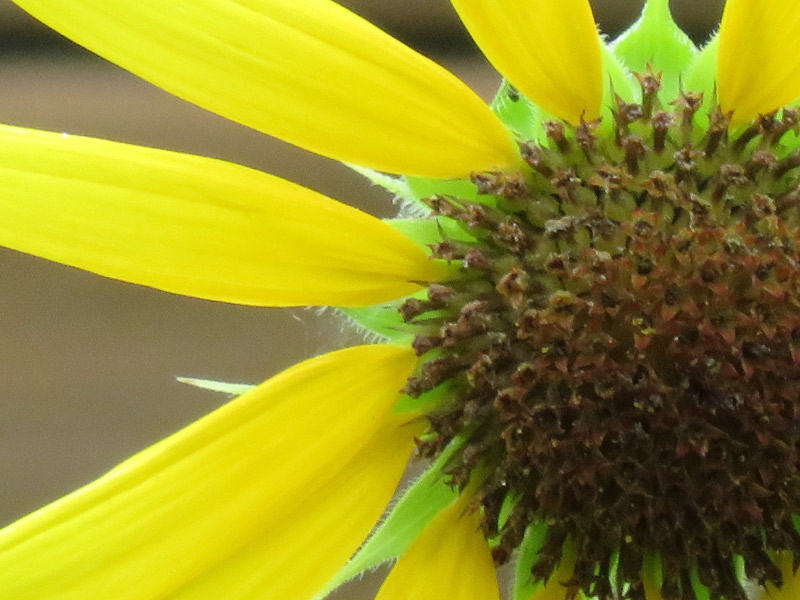
Even the back of the flower is complex.

 Then the petals fade. This one looked like a flower person with yellow orange hair and a green cap!
Then the petals fade. This one looked like a flower person with yellow orange hair and a green cap!
The petals fall away…and soon the goldfinches come for the seed.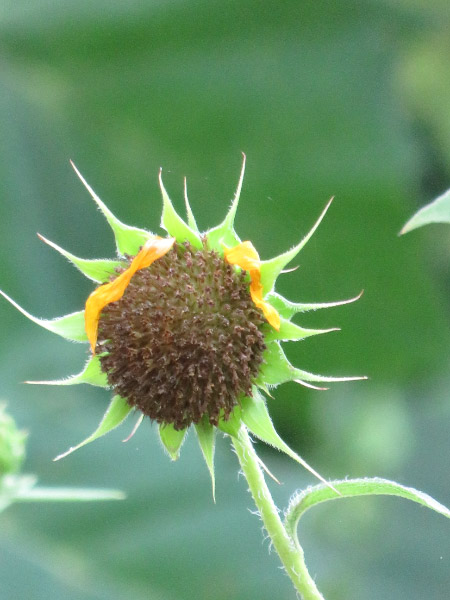

I have enjoyed doing flower photography from my deck because it is easy to use the camera’s zoom for detail and achieve a blurry green or brown background too.

